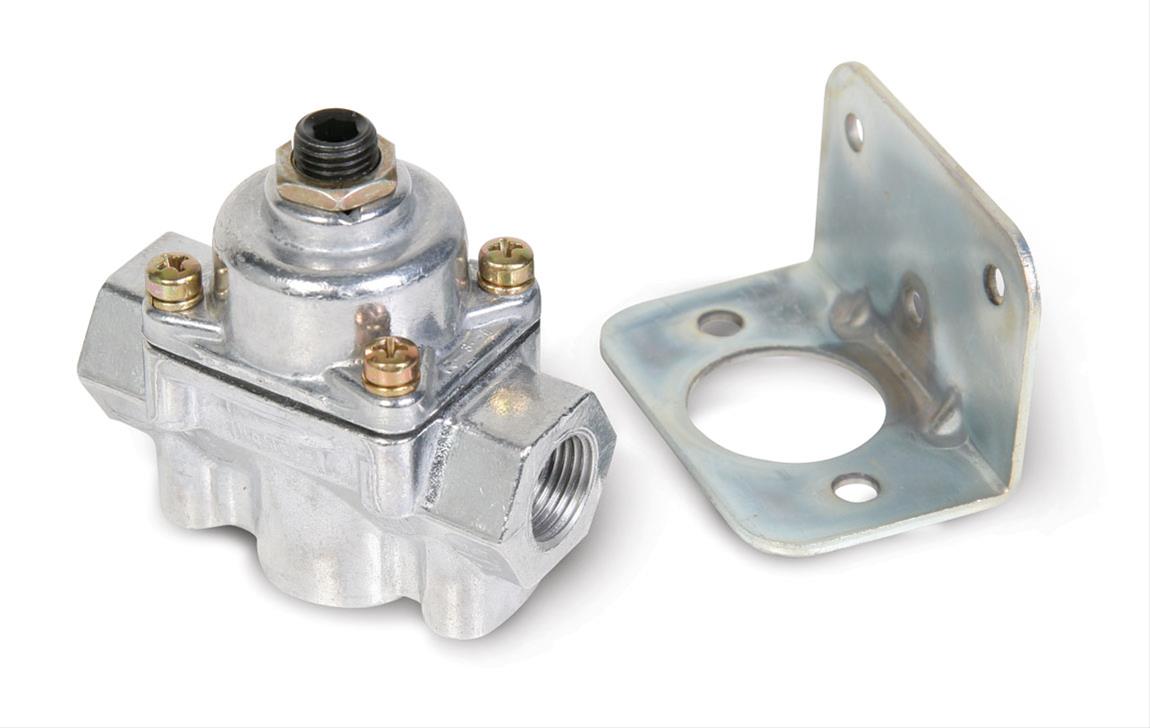I plan to run a fuel return line on the 63GT, to reduce vapor lock. I have ran return lines in the past, and had problems with the inability of the electric FP to keep up with the additional flow required, under load conditions. I have always used the 35 GPH, 5-7 PSI "cube" electric FP, made by a half dozen companies. There were two versions, the 35GPH being for V8, and a lesser capacity one for smaller motors, which was also OEM on Mazdas back in the day. The cube pump is extremely reliable; I have only had two fail since the mid 1980s, but wanted a FP with more capacity this time.
The 63GT has an electric pump from SI, that was on the car when I bought it, but it does not have capacity for a return line, and bogs immediately. I'd guesstimate it at around 30 GPH.
So, I recently began looking at other FPs, and bought a Holley clone "vane" type that pumps 95 GPH, at 8-10 PSI, but later found those type pumps have a rep for being very unreliable, are not compatible with all gas, and are mostly used in race aps. Further, t is too large to fit anywhere under the Hawk frame, so I probably will have to bite the bullet on it.
I have since found that "Faucet/Purolator" now makes the cube FP in various capacities, and recently bought their largest, at 50 GPH, 12-15 PSI, and "suction draw" of 36 inches. So, with a regulator, that one should fit the bill nicely for the return line. Installation is on the to-do list for this weekend. Will let y'all know how it turns out.
The 63GT has an electric pump from SI, that was on the car when I bought it, but it does not have capacity for a return line, and bogs immediately. I'd guesstimate it at around 30 GPH.
So, I recently began looking at other FPs, and bought a Holley clone "vane" type that pumps 95 GPH, at 8-10 PSI, but later found those type pumps have a rep for being very unreliable, are not compatible with all gas, and are mostly used in race aps. Further, t is too large to fit anywhere under the Hawk frame, so I probably will have to bite the bullet on it.
I have since found that "Faucet/Purolator" now makes the cube FP in various capacities, and recently bought their largest, at 50 GPH, 12-15 PSI, and "suction draw" of 36 inches. So, with a regulator, that one should fit the bill nicely for the return line. Installation is on the to-do list for this weekend. Will let y'all know how it turns out.





Comment